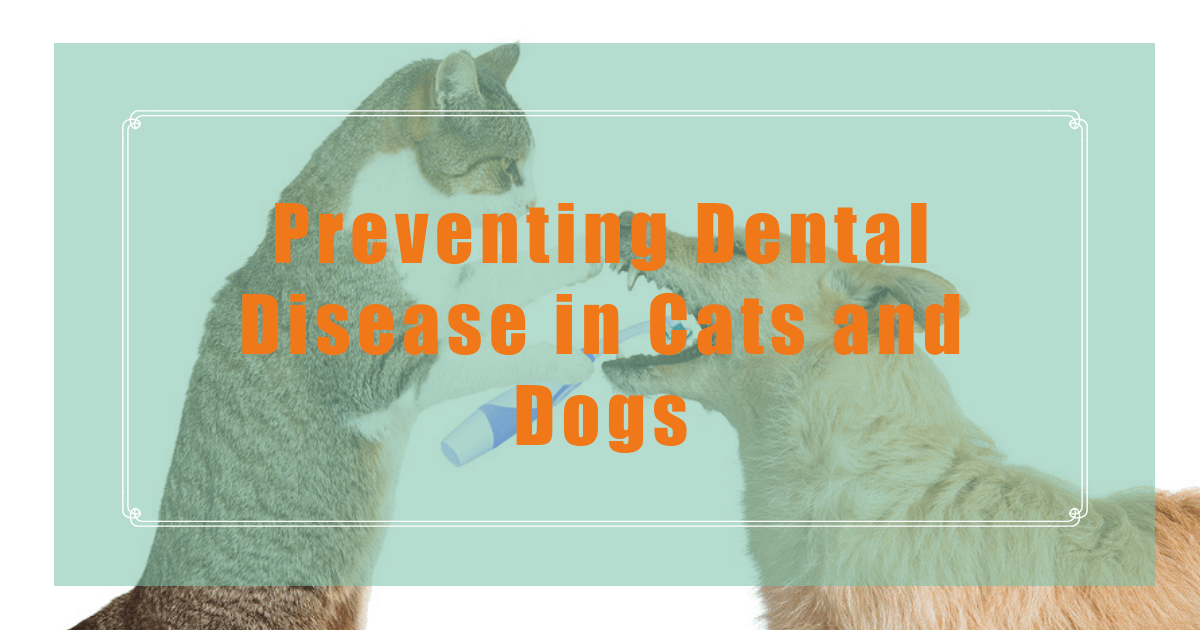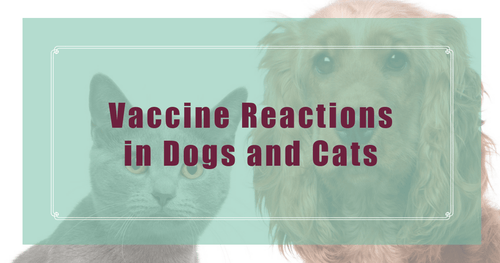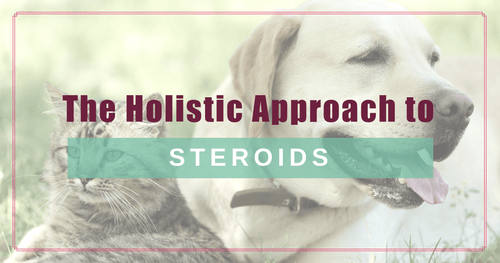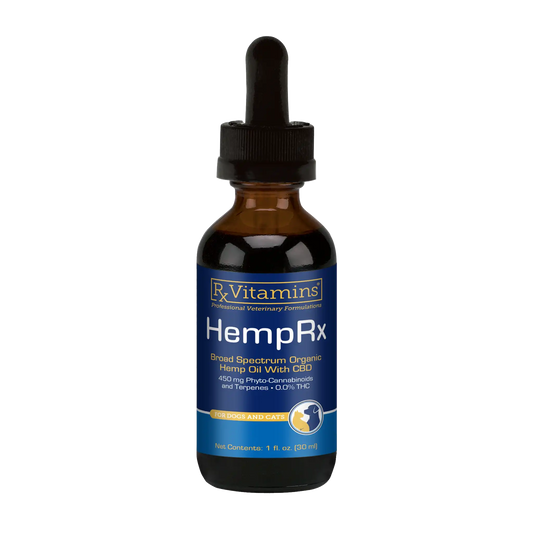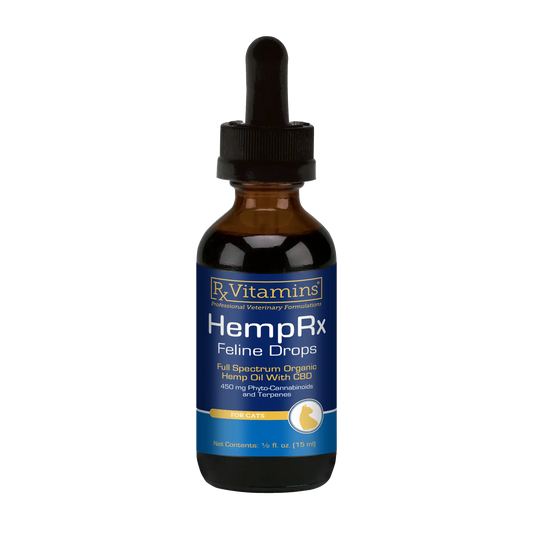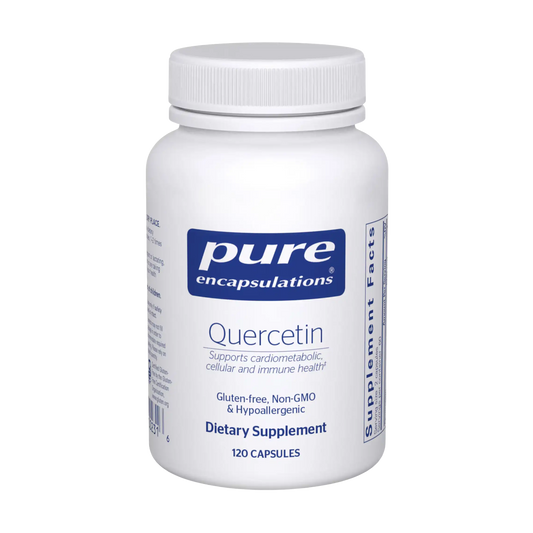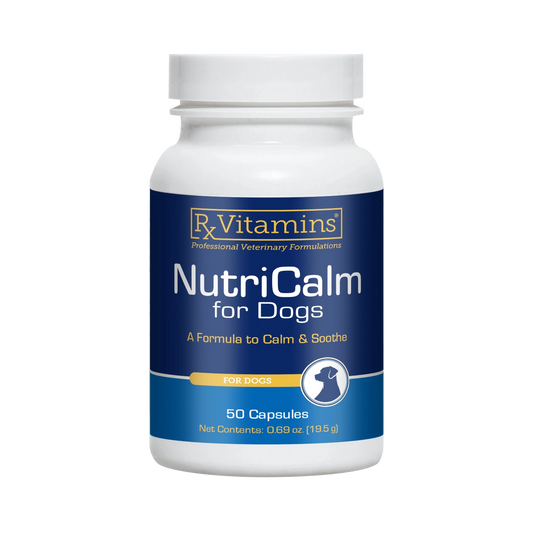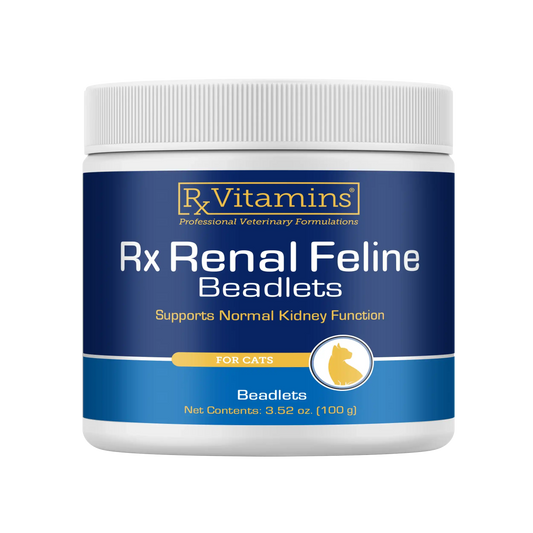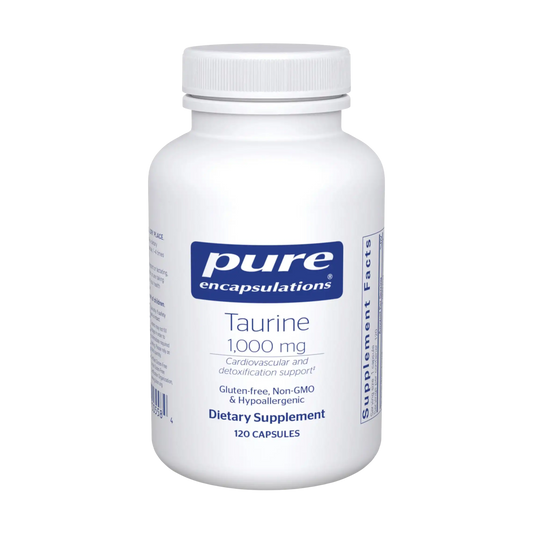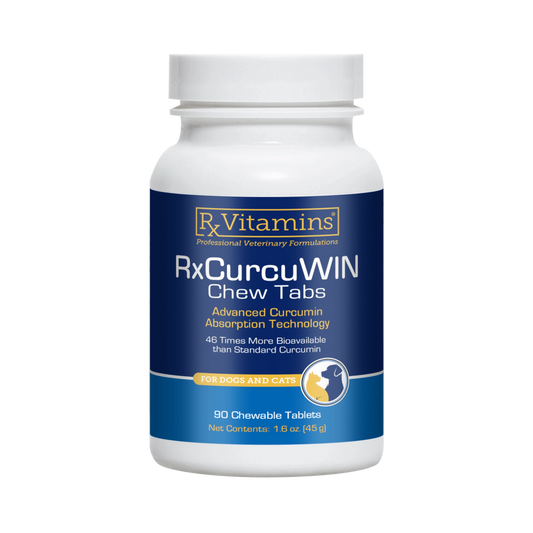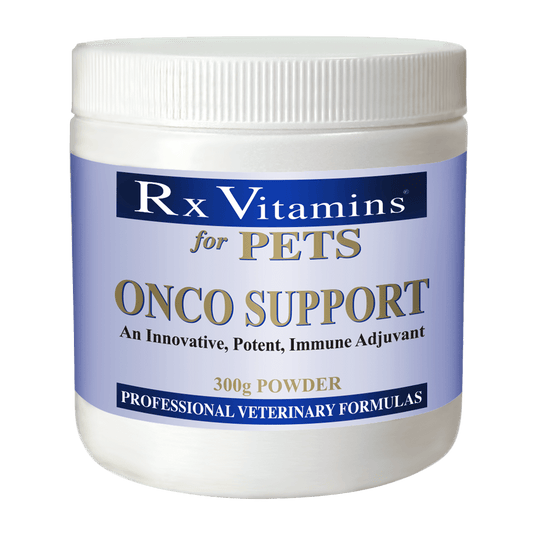Dental disease is one of the most common diseases in dogs and cats. Without treatment dental disease can lead to disease of the heart, lung, liver and kidneys. If you are interested in holistic health, preventing dental disease should be one of the most important aspects of your animal’s health.
Types of Dental Disease in Cats & Dogs
For simplicity’s sake, let’s divide dental disease into three of the most common categories.
- Trauma. Dogs and cats commonly fracture and damage their teeth. Chewing on bones, spats with other animals and rough play can all contribute to trauma. When the enamel or pulp of the tooth is damaged, it leaves the tooth prone to painful infection. Unfortunately, your pet will never show you how much pain this infection is causing. To make matters worse, you will not be able to detect this type of infection without an x-ray.
- Periodontal Disease. Don’t be intimidated by this medical term. This simply refers to disease under the gum. Signs of periodontal disease include gingivitis (redness of the gum), gingival recession (when the gum is worn away), exposure of tooth roots and pain.
- Tooth Resorption. This is more common in cats but does occur in dogs. This occurs when the body attacks the tooth. It can be extremely painful and requires surgical extraction.
How To Prevent Dental Disease
Preventing dental disease is one of the greatest gifts you can give to your pet. Every day I see cats and dogs that have been suffering in silence with horribly painful dental disease. Here are two steps you can take to prevent dental disease.
- Daily/Weekly Oral Exams. For some animals, daily tooth brushing is not possible. Many animals resist and daily schedules get tight. While daily tooth brushing is best, weekly oral examinations are extremely helpful. Not only does this help your pet become accustomed to having their teeth examined, you will catch painful disease before it advances. In these exams, you are looking for red lines along the gum, broken/fractured teeth, discolored teeth, tartar accumulation and masses. If you find anything that looks out of the ordinary, you can immediately alert your veterinarian for further evaluation.
- Regular Anesthetic Cleanings. For those of you that want to stop reading right now, PLEASE KEEP READING. Many pet owners are scared of anesthesia and I completely understand. Anesthesia can be safe when done properly. Check out my article here on safe anesthesia for dentistry.
Here is why anesthesia is so important:
- Dental X-rays. This is the ONLY way we can see disease under the gum. Unfortunately, we cannot take dental x-rays with your pet awake. I have discovered a shocking number of cats and dogs that had painful disease that even I didn’t suspect. If your veterinarian is still making dental x-rays optional, get them. Do not put your animal under anesthesia without dental x-rays.
- Full Oral Exam. When veterinarians flip up your animal’s lip in the exam room, we are getting only a small part of the picture. We cannot see the inside of the teeth (the part by the tongue). Most animals will not willingly let us use an explorer to check all sides of the teeth.
- Cleaning Under Gum. When your animal is lightly sedated we can clean under the gum. This is perhaps the most important part to keep clean in order to prevent periodontal disease.
- Regular Cleanings = Less Anesthesia. When animals, especially small dogs, have their first dental cleaning under anesthesia around middle age or older, longer anesthetic times are needed. When we don’t address dental disease early, it becomes worse over time and needs more treatment. This is when anesthesia dangers rise. When dental cleanings and x-rays have been done regularly, procedure time is very short and anesthetic risk is very low.
Raw Meaty Bones
In the holistic pet industry, there is an idea that raw meaty bones clean a dog’s teeth naturally. This is only a partial truth and it all depends on YOUR dog. The first variable is your dog’s dental anatomy. Imagine the mouth of a labrador retriever. The snout is long and there is plenty of room for each tooth. Now consider a pug mouth. There is virtually no snout and not enough room for all the teeth. In fact, most pugs grow many of their teeth sideways just to fit. The labrador is naturally prone to better dental health. You can also imagine that chewing on a raw meaty bone may be more effective in removing some tartar. The pug on the other hand will have limited tartar removal from chewing on a bone. The bone simply cannot contact many of the surfaces of the tooth.
The second variable when considering raw meaty bones is your dog’s ability to chew responsibly. I have met many dogs that have chewed raw meaty bones without damaging their teeth. For every responsible dog I have met, I have met five dogs that are not. These dogs tend to fracture their teeth and damage their enamel. Anything that your dog chews on that is harder than the tooth can damage the enamel. This includes bones, rocks, ice, etc.
If your dog loves raw meaty bones and you want to continue feeding them, simply check your dog’s mouth once weekly to look for fractures and enamel damage. When these are caught early it is possible to restore them with bonded sealants. This is also another great reason to have regular cleanings and exams done with anesthesia.
I would love to hear from you! How do you keep your pet’s mouth healthy?
With love,
Dr. Angie
